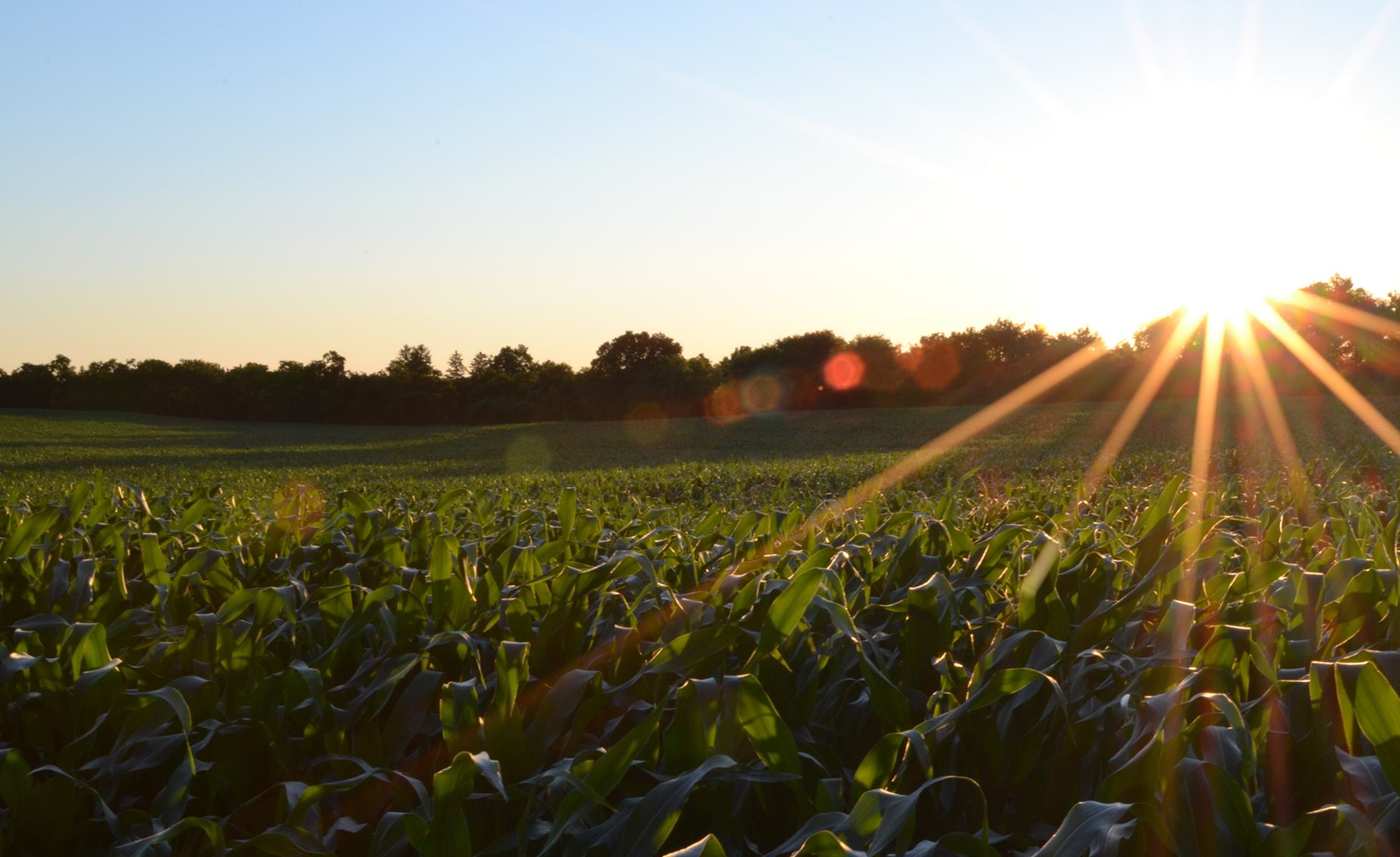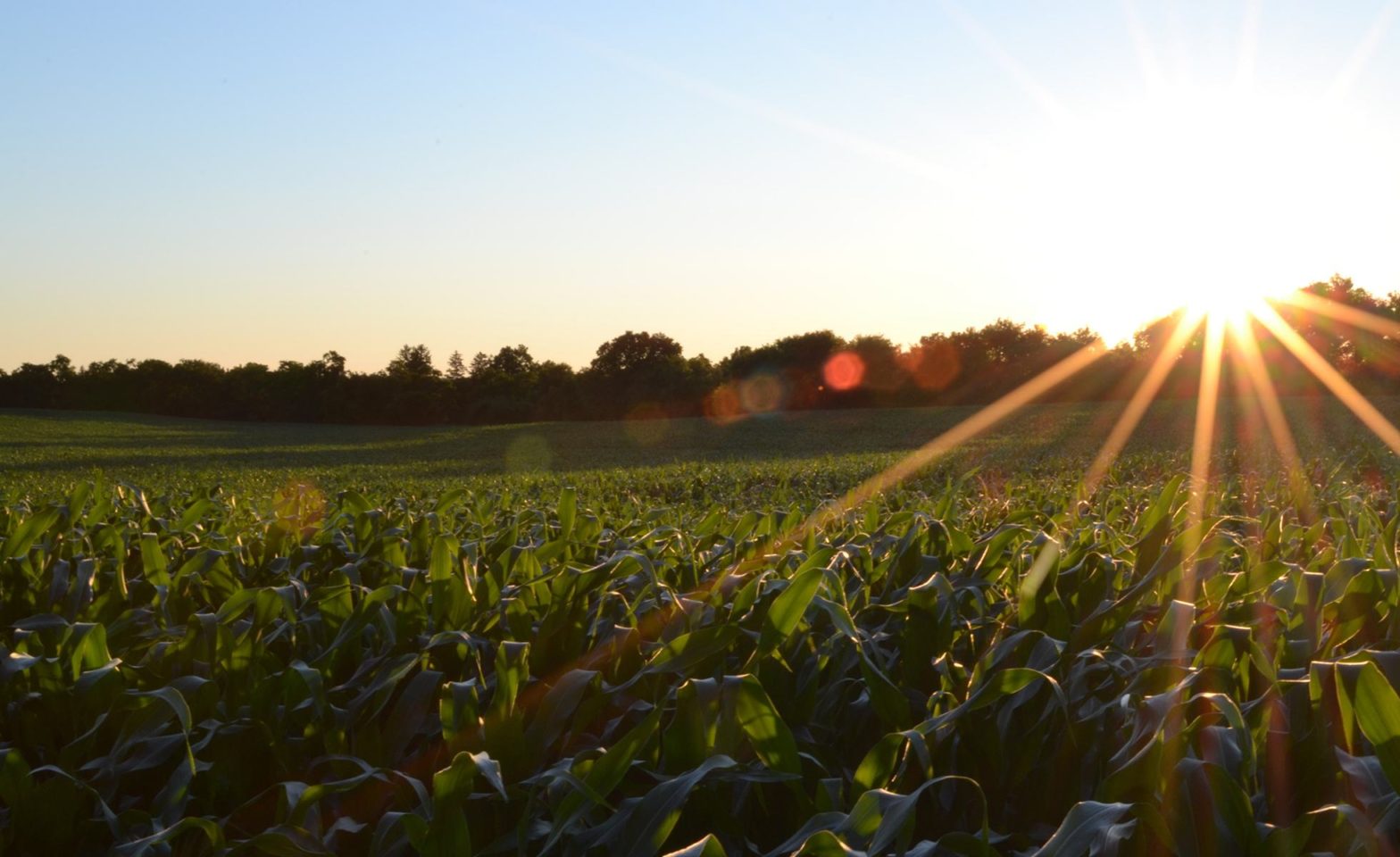

What you eat has a climate impact!
When planning meals, shopping or ordering in a restaurant, consider:
- How low on the food chain is this?
- How much energy goes in to producing it?
- Is it grown organically?
- How far did it travel to get to the store/table?
Meat and climate change
Livestock production accounts for 70 per cent of all agricultural land use, occupies 30 per cent of the planet’s land surface and is responsible for 18 per cent of greenhouse gases such as methane and nitrous oxide.
Growing animals for food is also inefficient. It takes about five to seven kilograms of grain to produce one kilogram of beef. Each of those takes energy and water to produce, process, and transport.
As global meat consumption increases, so does its climate impact.
The problems with chemical agriculture
Synthetic pesticides and fertilizers are often made from fossil fuels. Manufacturing and transporting them uses energy and produces greenhouse gases.
Studies show that chemical farming uses more energy per unit of production than organic farms. Synthetic nitrogen fertilizers in soils produce nitrous oxide, a greenhouse gas about 300 times more powerful than carbon dioxide at trapping heat in the atmosphere.
Organic farms rely on natural manure and compost for fertilizer. They store much more carbon in the soil, keeping it out of the atmosphere.
Food closer to home
The average meal travels 1,200 kilometres from the farm to plate. Food grown closer to home produces fewer transportation emissions, is fresher and supports local farmers. As the distance food travels decreases, so does the need for processing and refrigeration to reduce spoilage.
Local or organic?
“Food miles” (the distance food travels from production to consumer) actually make up a small percentage of its overall carbon footprint — about 11 per cent on average. How the food is grown makes up roughly 83 per cent.
One study showed that lamb raised in New Zealand and shipped 18,000 kilometres to the U.K. produced less than one-quarter of the greenhouse gases than local British lamb. Local flocks ate grains, which take a lot of energy to grow, while the New Zealand flocks grazed on grass. Shipping the lamb to the U.K. was responsible for only five per cent of greenhouse gases; 80 per cent of were from farm activities. One packaged orange juice assessment found that more than one-third of lifecycle emissions came from the synthetic fertilizer used on the orange groves.
Choosing to buy food that is organically grown can be a better choice for the climate. But if possible, buy food that that is organic and local.
What can you do
1. Eat meat-free meals
Try to eat at least one meat-free meal per day.
If you’re already doing that, gradually increase the number.
Plan ahead.
Do some research and find yummy recipes before you go shopping.
Choose veggie restaurants and meatless menu alternatives.
Check out vegetarian websites.
2. Buy organic and local whenever possible
Vote with your fork.
Organic food is better for the climate. It’s grown without genetically modified organisms. Organic meat, poultry, eggs and dairy come from animals that aren’t fed antibiotics or growth hormones. And because they’re grown in healthy soils, organic foods are typically more nutritious, containing more vitamins and minerals. Organic farms promote genetic biodiversity, create less water pollution and soil damage, and result in fewer poisonings of farm workers, and less harm to wildlife.
Read labels.
Tell the produce manager at your grocery store what you want and why.
3. Don’t waste food
Close to half of all food produced worldwide is wasted after production, discarded in processing, transport, supermarkets and kitchens. When people throw food out, all the resources to grow, ship, package and produce it are wasted, too, including massive amounts of water. Find out how you can help end food waste.
4. Grow your own
Growing fruit, vegetables and herbs at home makes their trip to your table shorter. You can also grow your food without chemicals. Turn your yard or even the smallest of spaces such as a balcony or patio space into a food garden!
